Cameras for Watch Collectors: Leica Q vs Fuji X100 vs Ricoh GR
A Practical Guide to the Ricoh GRIII, Fuji X100, and Leica Q for Wrist Shots, Travel, and Life
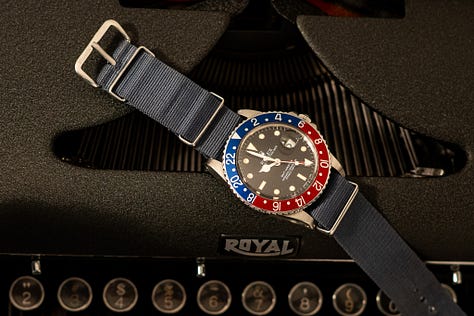
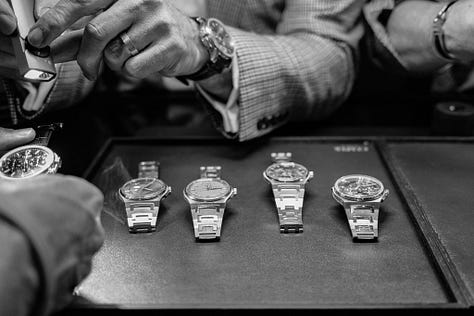
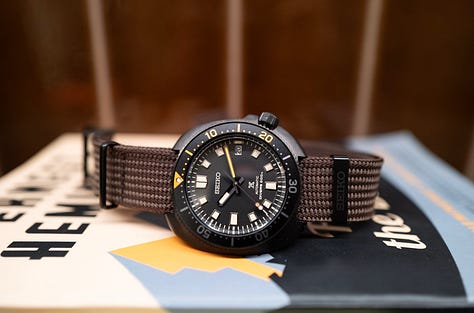
Ah, summer. The perfect time for barbecues, slow living, and swimming — whether at a pool, pond, lake, ocean, or sea. It’s a season of rest and recalibration, of time spent with family and friends, and of chasing golden hour light. And if you’re a watch collector, it’s also a time for collector gatherings, and the hunt for the ever elusive wrist shot.
Photographing watches is a learned skill, one that improves with time and attention. Having the right tool can make all the difference. The right camera won’t take better photos for you, but it can encourage you to get out and shoot. That alone will improve your watch photography, and inspire you to capture your travels, your people, and your life.+
As a guy who has traveled professionally with cameras, and who also happens to love gear, that can be a dangerous combination when hunting the best possible camera for wrist shots, travel, and watchmaker photography. Having rented countless cameras and lenses, and tested countless kits, and packed more gear than anyone ever should, I can confidently say the perfect camera does not exist.
But that’s the beauty of it.
There’s no holy grail, no one camera to rule them all. Instead, we live in a time of exceptional image making tools. The beauty of these cameras is that they get out of the way and help you make beautiful images. When I think of travel, chasing light, and watch photography, I think of simple camera setups that allow you to capture images and keep moving. This gives me the confidence I can get the shot I need without overthinking.
A good friend of mine is prone to saying: “we can take duffle bags full of gear to this shoot, but there is still going to be something that we are unable to capture, even with all the gear in the world.” And he’s right. Constraints foster creativity. Familiarity with your camera breeds intuition. And the best camera for the job is the one you will take with you.
This isn’t a spec sheet comparison. This is about soul, feel, and function. These are the cameras that have made my shortlist, and made trips with me to Switzerland chasing light, visiting ateliers, and documenting watchmaker and collector stories.
The Three Cameras
For simplicity’s sake, this is not a camera review - there are tons of those on YouTube, my favorite of which are done by Roman Fox. What I want to cover here are the best grab and go cameras for when you are heading to a watch meetup, dinner, cars & coffee, or heading out to Switzerland, Germany, Japan, or any watchmaking atelier so that you can be prepared to capture the shot when it happens.
That grab and go mentality has led me to pick three compact, fixed-lens systems. These three cameras are all point and shoot style, in theory, but they offer controls and capability for series shooters, too. And in the right hands, all of them can produce magic.
The three cameras are:
Ricoh GR Series (Ricoh GRIII and GRIIIx)
Fuji X100 Series (My experience is only with the X100V and X100VI models)
Leica Q System (Q, Q2, Q3)
These are also flexible platforms that will grow with you as your skills grow and you can get deeper into the menus and use more of the features as you go. They each have their quirks, and they each have their strengths. Which one is right is entirely for you to decide.
The Ricoh GR System (GRIII and GRIIIx)
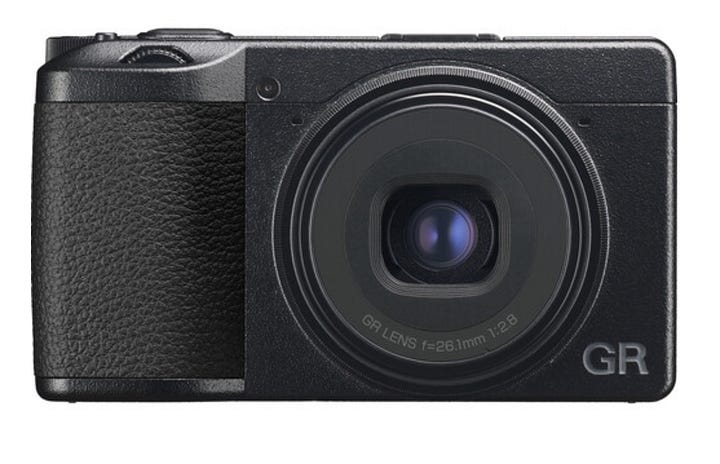
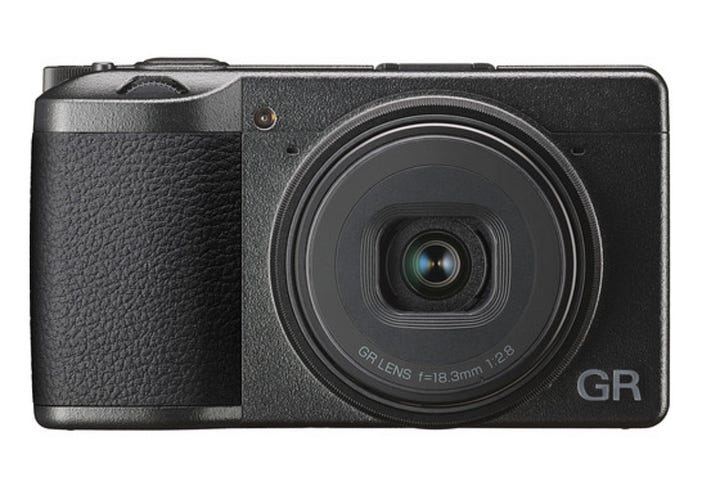
These small, discreet, and pocketable camera belie their image making capabilities. They are minimalist, fast, and nearly invisible. They produce stunning images and some of my favorite monochromatic images have been made with these cameras.
Why I love it?
The GRIII (28mm) and GRIIIx (40mm) are truly pocketable cameras. I love the form factor. They boot up instantly (ensuring you get the shot), have a fantastically sharp lens, and offer some of my favorite black and white simulations. The lens in sharp and contrasty, it is a featherweight, and easy to use single handedly - all the controls fall at the right places to capture great wrist shots. Did I mention it fits in any pocket, so it is perfect for travel?
The Quirks
The Ricoh GR series does not have a viewfinder - all shots need to be composed on the rear screen. The battery life can be iffy, depending on how you use it, so I recommend having a second and maybe a third battery with you, but they are so small that they take almost no space. Like the Leica Q, I find the 28mm lens too wide, so I reach for the GRIIIx more often for wrist shots and watch photos. The files are beautiful, but I do wish the sensor was a little bigger to give more options for cropping. The menu system is clean and easy, but the software to download photos from your camera is unusable - you need to have a dongle to download photos to your phone for editing on the go.
Macro Mode
Both offer a dedicated macro mode which makes excellent photos, and is great for watches and detail shots.
Why Choose the GR?
You love portability, great image size, and you have to love the form factor. It is a stunning camera that can produce stunning results. It disappears in hand and people hardly know you are taking a picture, it is discretion personified in a camera. It’s not flashy and doesn’t stand out, can slip into a pocket or a jacket pocket or a sling, negligible weight to bring on travels or to dinner, it’s an easy win.

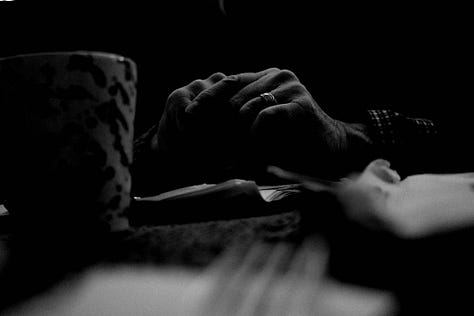
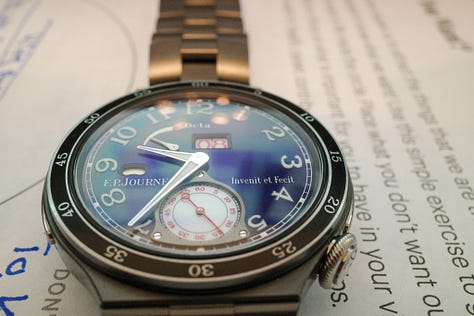
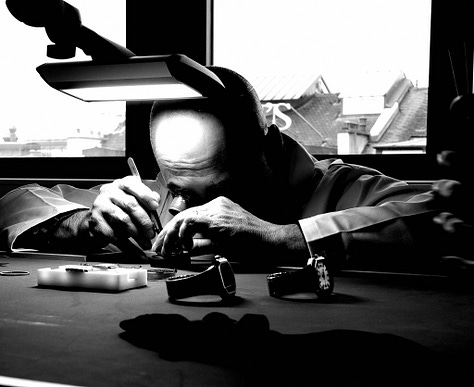
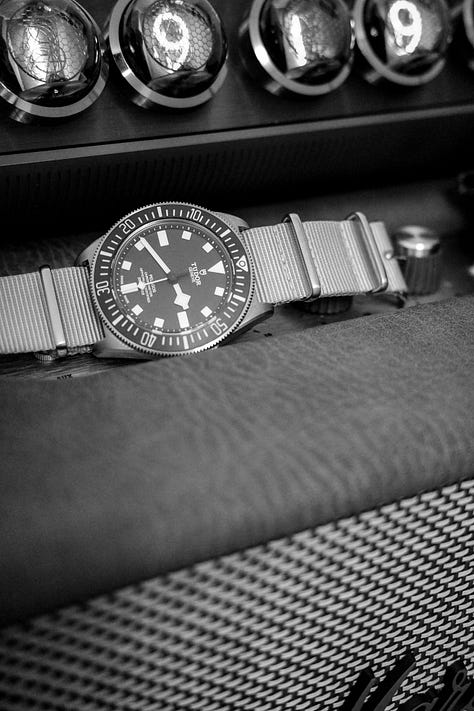
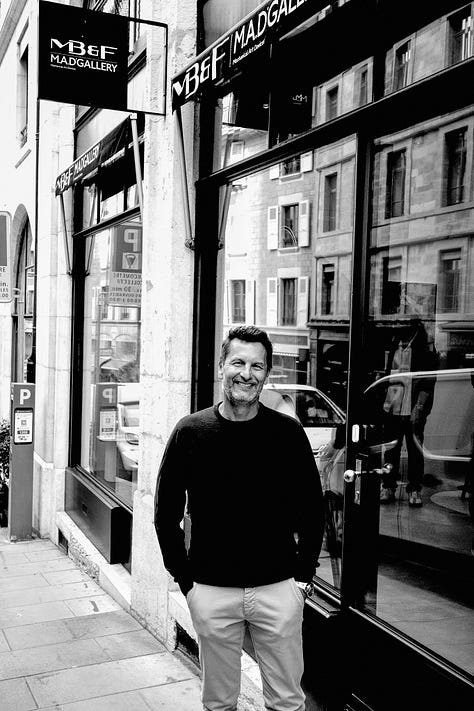
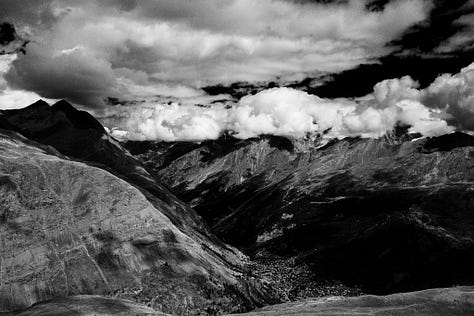
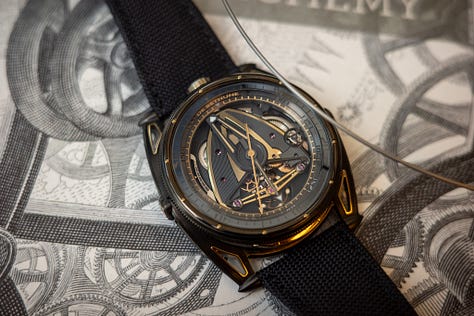
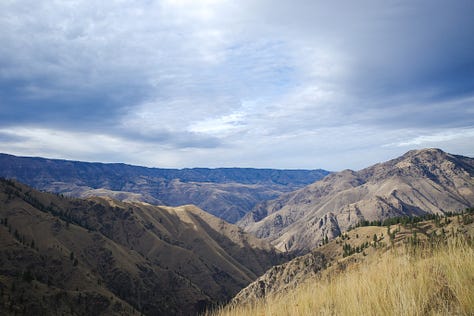
Fujifilm X100 System
The Fuji X100 series offers analog charm in a digital package and the results are magic. I have traveled with this series for over four years and I love the images it makes - especially for quick family snap shots.
Why I love it?
Fuji’s film simulations create beautiful jpeg images that are ready to post without editing - and they become addictive - I love Reala Ace and Acros with a red filter. the 35mm equivalent f/2 lens is fast and sharp. Because it has all the controls you want, you can geek out on fully manual controls and settings, and dive deep into the menus to tune the images to your ideal, or you can shoot in automatic mode and still create beautiful work. It’s lightweight, beautifully designed, and has the feeling of a film camera. It also takes a decent video, which is best on a tripod, or a counter, and it’s just fun to use. Bonus points for the beautiful, if a little poppy, colors it produces.
The Quirks
The X100 series does not offer a dedicated macro mode - but it does close focus at ~4 inches. The camera isn’t fully weather sealed until you add a hood and a filter. The low light performance in my experience has not been fantastic, which means taking images in dark rooms (read: where collector dinners happen) and requires a separate light source. Supply chain issues, or just Fuji holding back like Rolex, means that you will pay a premium to get the camera in hand today (~$2,000), or languish on a waiting list like waiting for a GMT-Master II.
Macro Mode
No true Macro mode, but close focusing at 4 inches makes the camera suitable for wrist shots, but I think it works best for flat lays and detail shots, rather than up close macro work.
Why Choose the X100?
If you want a camera that can be run fully on manual controls, or as a set-it-and-forget-it camera, this is a great option. The analog feel of the camera is a delight and the film simulations are addictive - they will likely make you a jpeg only shooter. Fuji’s color science is fantastic, although sometimes overcooked. All in a fantastic camera that is lightweight, and easy to travel with, and comes without the Leica premium pricing.
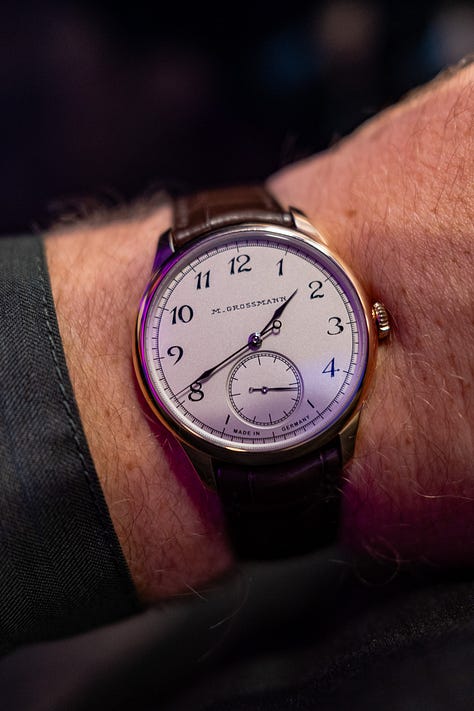
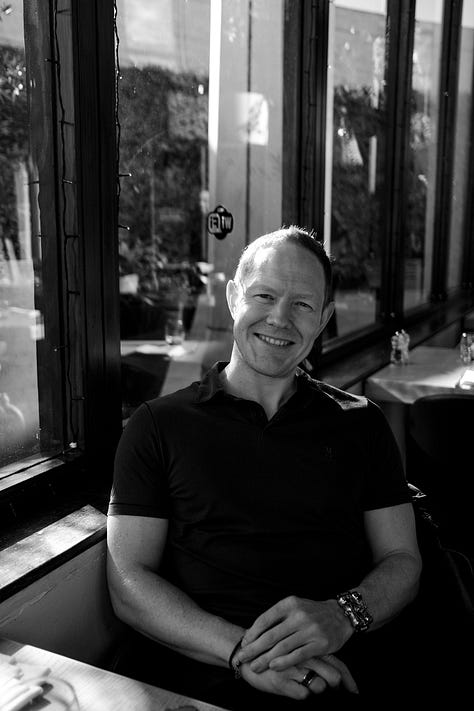
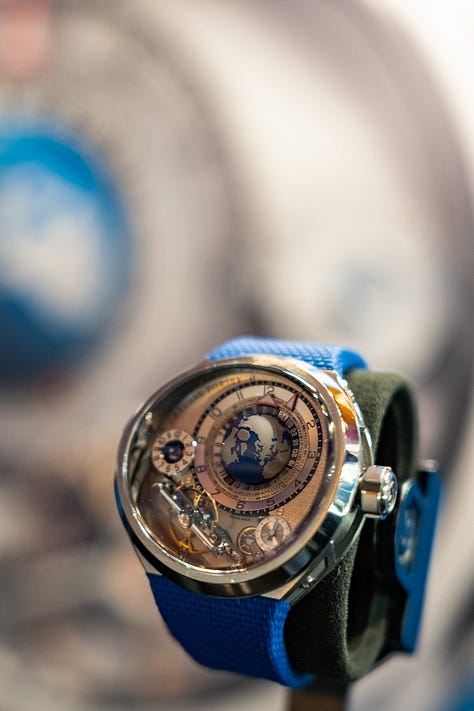
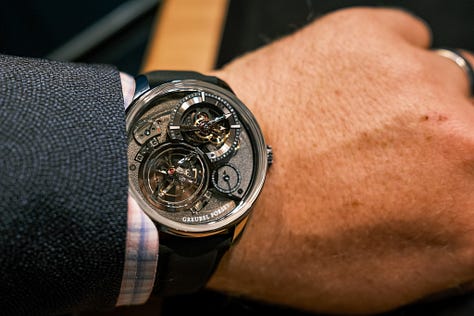
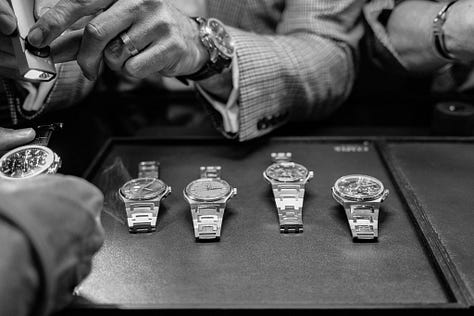
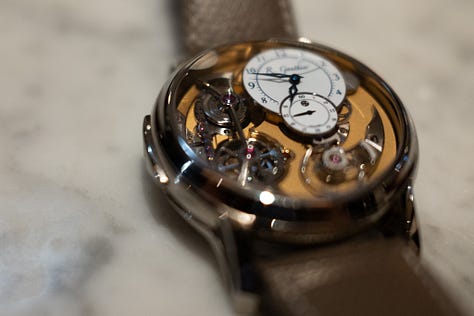
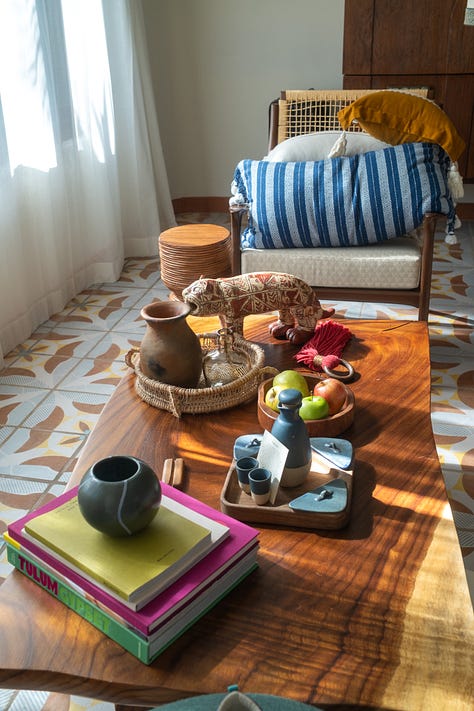
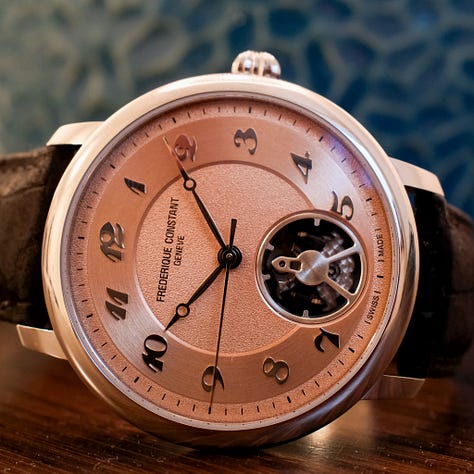
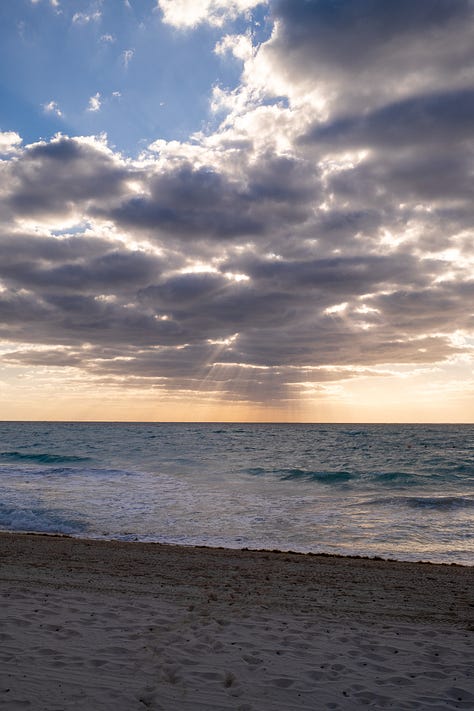
Leica Q System
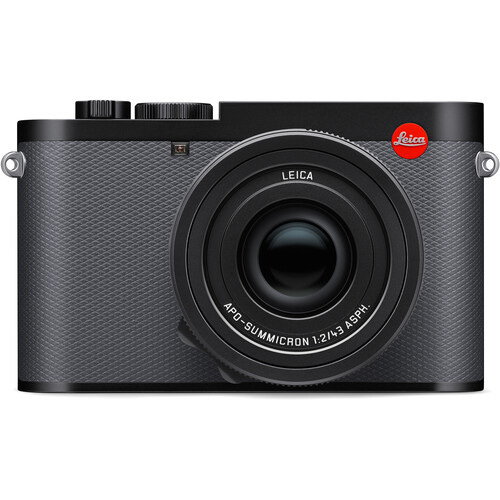
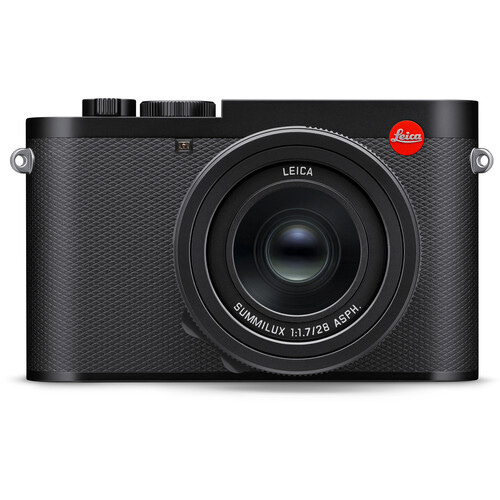
Far and away the most expensive system presented here - a used Q will set you back about $2,000 for the original Q, the Q2 will set you back about $3,300, and a new Q3 with either 28 or 43mm lens will set you back $7,000. Expensive for sure, but if it is worth it that is up to you to decide.
The Q System is vaunted for its image quality. Any version of the camera uses Leica’s stunning optics and the lens makes the picture, not the sensor. The Q is elegant, feels premium, and is a deliberate image making tool. It offers confidence and swagger — much like wearing a souscription piece from your favorite indie, it can be an incredibly powerful tool.
Why I love it?
The Q series delivers signature Leica image quality in a user friendly package, fantastic for the novice shooter. The built in macro mode is exceptional, the files are malleable, and the battery life is strong. It’s weather sealed in the Q2 and Q3 variants, and the 28mm Summilux f/1.7 lens delivers beautiful bokeh (image background blur). The whole camera feels premium and hefty, it feels like you are using a serious image making tool, which to me, makes me want to use it.
The Quirks
It’s not a pocketable camera and can feel bulky on the move - on a camera strap bouncing around the weight can cause some damage. The older Q and Q2 lock you into a 28mm lens, which can be a bit wide for most folks getting started, though there are internal crop modes for 35mm and 50mm, and the Q3 is available with a 43mm focal length. The auto mode on the camera tends to default to a wide open aperture, which, while initially exciting, can feel repetitive with time - sometimes you do need depth of field. And of course, pricing is a challenge for these cameras.
Macro Mode
The Q series has a dedicated macro mode that produces stunning results. Just a twist of the lens barrel puts you in macro mode and you are ready to take all the watch pictures your heart desires.
Why Choose the Q?
If you want simplicity, soul, and stunning images look no further - but it comes at a price with cost and size. It’s a camera that a professional or a beginner can work with. And Leica’s phone app is simply the best in the business - seamless connectivity to the camera, downloading images right to your phone for Instagram posts. The app experience makes it a joy to shoot, edit, and post images while on the road.

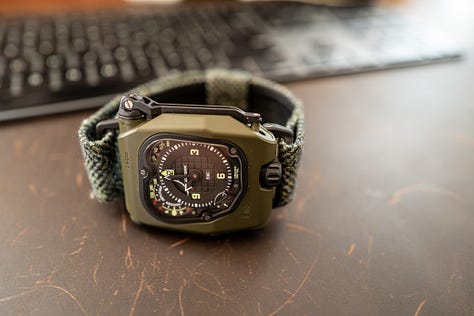
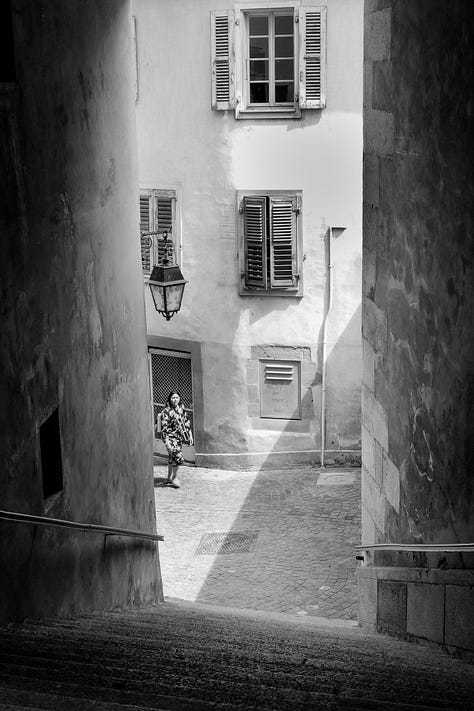
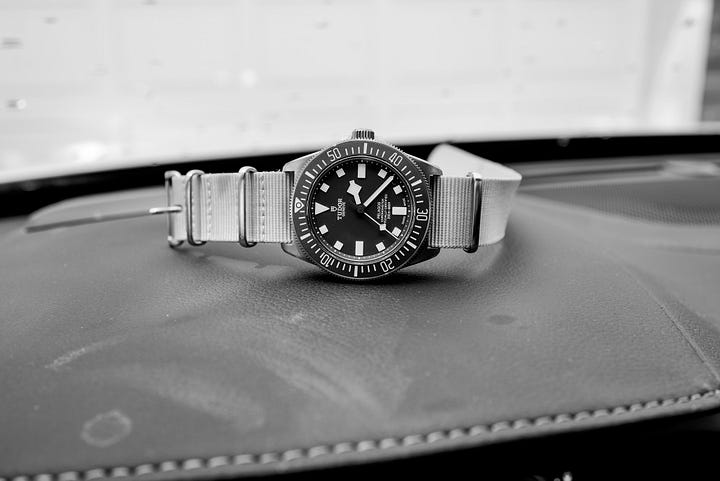
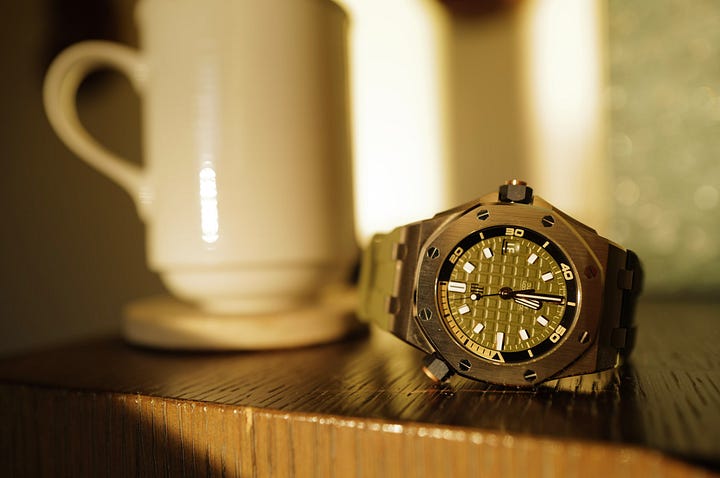
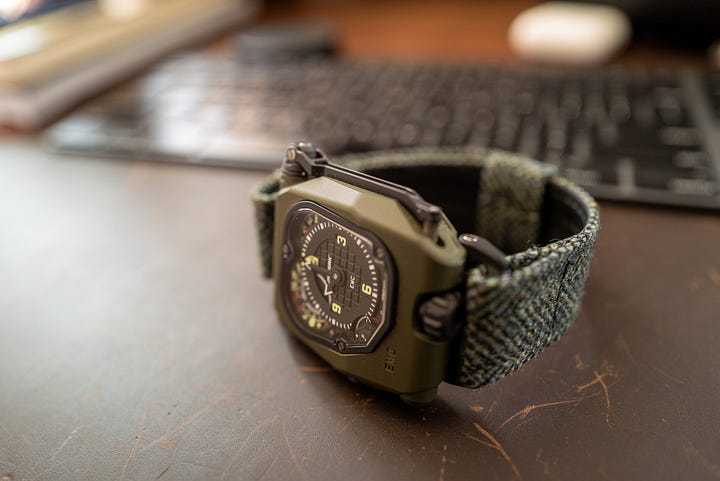

Avoiding GAS (Gear Acquisition Syndrome)
Part of what I love about these cameras is their versatility. Want to travel? Perfect, lightweight one camera setup. Want to take family photos? No problem. Want to sneak the camera into your golf bag for mid round captures? Easy. Want to take it to Cars & Coffee? Perfect setups for details and automobiles.
Most of us don’t need more gear. We need fewer, better tools. These three cameras can all create beautiful images — whether wrist shots, portraits, travel photos, or just pictures of your family and friends. These three machines strip back the experience of photography to what is essential without giving you more to think about.
The perfect camera doesn’t exist. Just variations on a theme. For me, these camera have helped quell the incessant need to buy more gear. Every time I take them on a trip, I am blown away by the images I return with. I take an extra battery or two, and I don’t worry about what I should have brought. Their lightweight nature means that they are easy to carry all day long.
My mirrorless camera setup means I am bringing at least three lenses, and that weight adds up. In most cases it is overkill, and unless you are being paid for the images you are making, you don’t need more than any of these cameras.
I look at these systems as one camera solutions. They have the lens sharpness and quality to make fantastic images for a long time to come. There is endless marketing in the camera industry, just like the watch industry, telling the consumer to upgrade. But try these systems and if you are happy you won’t need to purchase another camera for a long time to come.
My Choice
I’ve owned all of these cameras. I have traveled with them, visited ateliers, and taken photos with all of them. I have used them at events, in the alps, and inside workshops. Chances are you’ve seen me post pictures from all three of these cameras.





